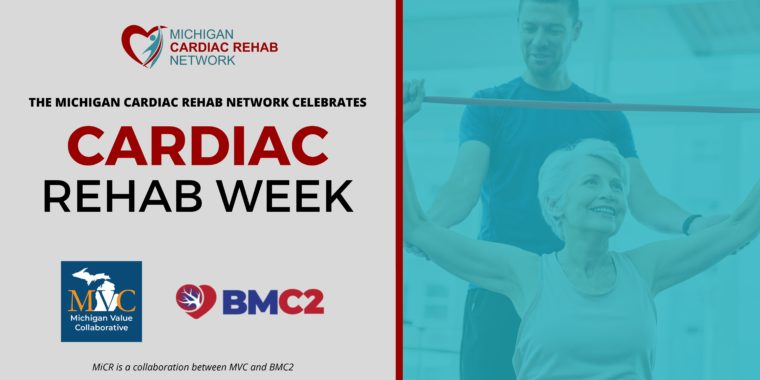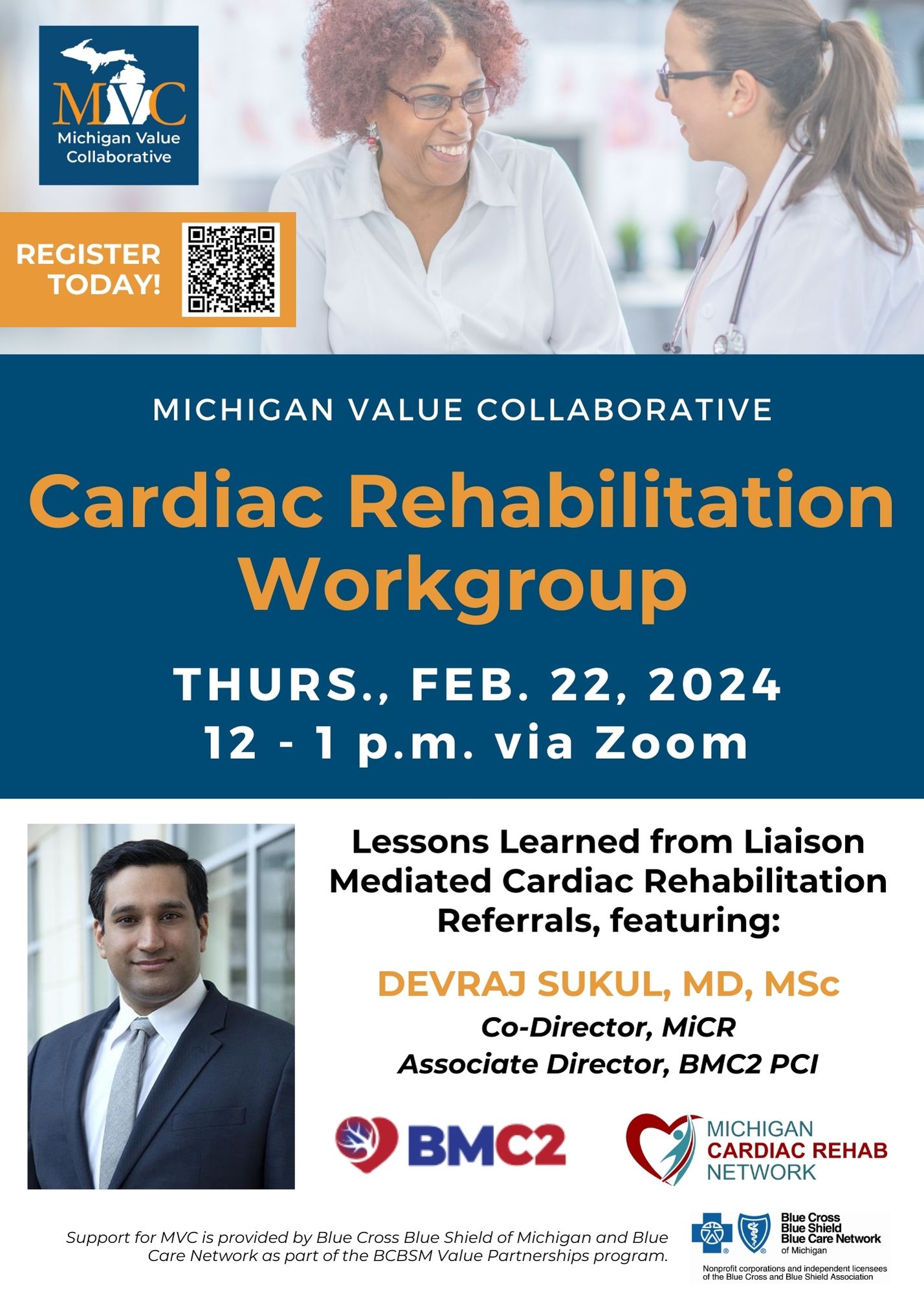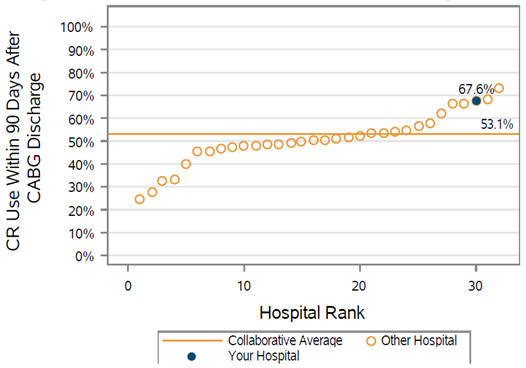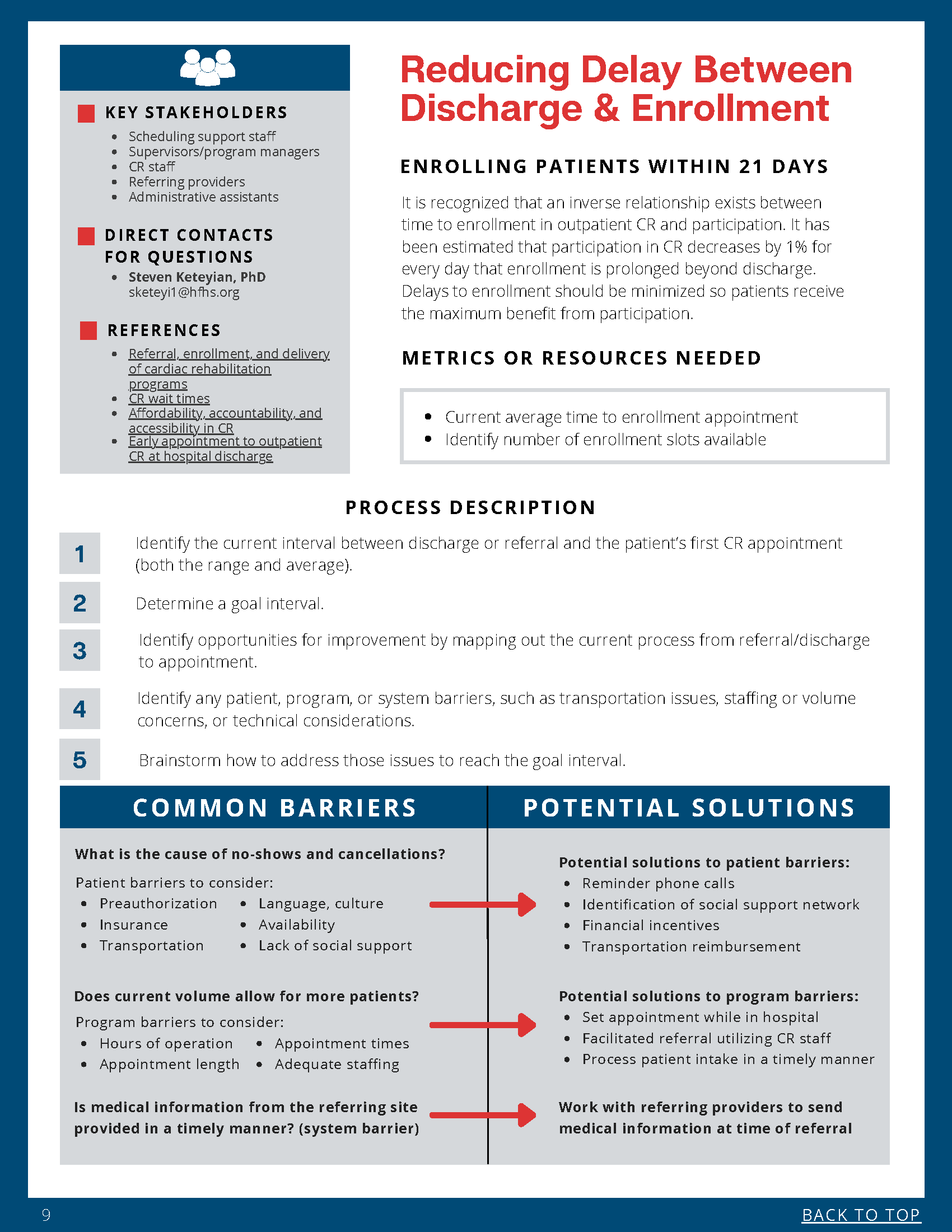In partnership with BMC2 and HBOM, the Michigan Value Collaborative recently co-hosted the Michigan Cardiac Rehab network (MiCR) virtual summer meeting, which brought together providers, quality improvement staff, rehab staff, and patients with a shared interest in improving participation in cardiac rehabilitation. Over 70 attendees from across the state joined the meeting on Aug. 9, where they heard updates from the MiCR leadership, previewed new MiCR resources, and heard from a panel of hospital representatives who discussed their experience using the MiCR NewBeat materials.
NewBeat Success and Re-Orders
One key announcement from the meeting included the launch of a second round for placing NewBeat material print orders [ORDER FORM LINK]. The MiCR team will accept submitted order forms through Tues., Sept. 24. Those who request the free printed materials can either pick them up at the fall in-person MiCR meeting in Midland or have them mailed to an address they designate. Early survey evidence suggests that implementation of the NewBeat program is associated with an increase in confidence across a number of metrics (Figure 1).
Speaking to the value of these materials was a panel of representatives from Corewell Health South, Holland Hospital, and Michigan Medicine—three sites who ordered NewBeat materials in the first round at the start of 2024. Each shared their experience using the materials and advice on their integration. HBOM also recorded virtual interviews with the Corewell Health and Holland Hospital site contacts for use in a NewBeat success story video (Figure 2), which was played for the meeting’s attendees.
Figure 2. Implementing NewBeat Feedback Video
Those who wish to place an order for NewBeat materials in the current round will again have the opportunity to request the MiCR patient/provider educational handout (available in English, Spanish, and Arabic), the cardiac rehab liaison postcard, and the cardiac care cards. Some customizations are possible to the handout and postcard design to include local hospital or rehab center contact information. Additionally, there is a new offering included in this round of ordering that was launched at the meeting: a new discharge packet sticker. These new sticker designs (Figures 3 and 4) can be affixed to the outside of a patient’s discharge folder and are meant to stand out to patients and families who are often inundated with discharge paperwork. They alert the patient that their discharge paperwork includes a referral to cardiac rehab as the next step in their care.
MiCR Mini Grant RFP Opens for Second Round
The summer meeting also included an announcement that MiCR’s mini grant program to fund small, local cardiac rehab quality improvement projects will similarly be re-opened for a second round of submissions. The first round resulted in the funding of projects at MyMichigan Midland, DMC Huron Valley Sinai, and Ascension Rochester. MiCR is accepting new submissions through Fri., Sept. 13 for up to $5,000 per project. Full details on the RFP and application are available on the MiCR website.
MiCR Updates & Meeting Materials
Finally, the MiCR leadership team announced the development of a neutrally-branded, customizable patient education video that can be shared with hospitals or rehab programs to play on their own websites or waiting room monitors. The video was developed in response to feedback from partner sites that online materials need to be improved and that neutral video content about the value of cardiac rehab is limited. MiCR developed a video for use by network partners and also identified several existing videos published by MillionHearts, Mayo Clinic, and others.
The MVC and BMC2 teams are looking forward to the Michigan Cardiac Rehab Network's fall in-person meeting on Fri., Nov. 8, from 10 a.m. to 3 p.m., at the H Hotel in Midland. MyMichigan is serving as co-host for the event in collaboration with MiCR. Additional event details will be shared in the coming weeks. Those who were unable to attend the summer meeting can view the meeting recording [LINK] or meeting slides [LINK]. Please reach out to info@michigancr.org with any questions.














